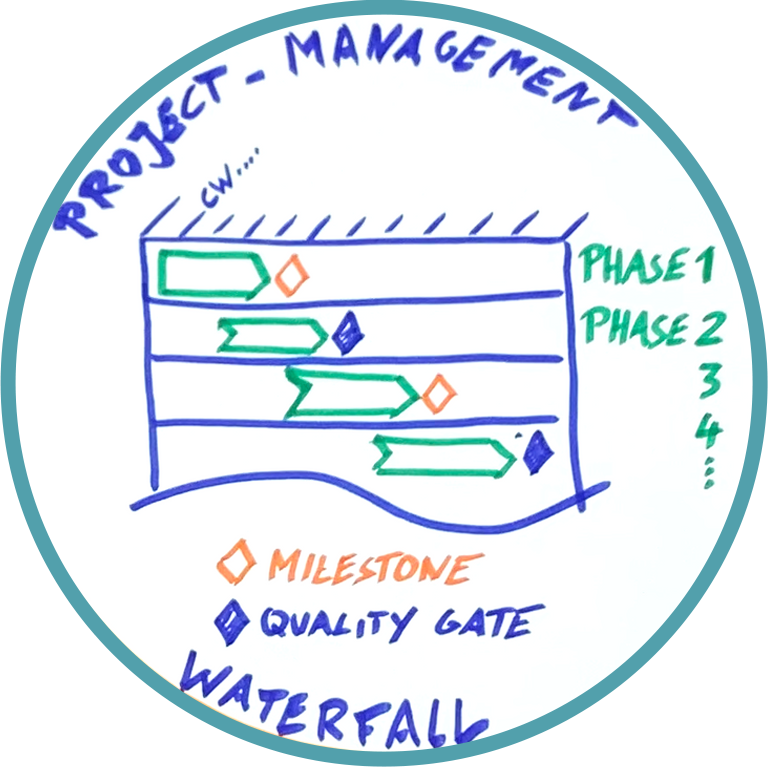Energy Cost Saving & CO2-Reduction
Project description
With the introduction of the ISO 50001 energy management system, the topics of energy efficiency, costs and CO2 emission reduction have come into sharper focus in many companies. The ISO focuses on a continuous improvement process (PDCA method) to achieve the defined (savings) targets. The basis for all technical (or organisational) improvements is a structured recording of all energy flows.
In this example of a medium-sized industrial company, there was a “grown” building structure with various individual furnace and boiler rooms. The existing heating technology was very heterogeneous in terms of age and condition, maintenance/servicing was complex and supply security was only good to a certain extent. In addition, systems for process heat (paint shop, electroplating, supply air polishing, cleaning and annealing furnace) existed.




Contents & implementation
A holistic energy concept was developed together with me/my project team and an external partner, and a multi-stage and flexible implementation plan was developed. Core elements were:
- Installation of a combined heat and power plant (CHP) with two large buffer storage water-tanks
- Transfer line / local heating network from the CHP to the different buildings
- Heat recovery of process (waste) heat and feed into the local heating network
Since the CHP is a so-called “combined heat and power system” , the project was/is funded by the german state, which led to a total Return on Invest of << 4 years. The system dimensioning was very well chosen, which was evident in the running time of ~ 5000h already in the first year of operation. The enormously high efficiency of a CHP of approx. 90% (for comparison: conventional power plants have < 40%) also leads to a significant reduction in CO2 emissions.
Project management &success factors
I managed the project in a classical way (waterfall) with clearly defined milestones and quality gates.
The critical success factors in the above project were in particular a clear definition of objectives (derived from ISO50001) and very well-functioning communication in the project team and between all stakeholders. The relevance of the task also led to additional motivation in the team.
